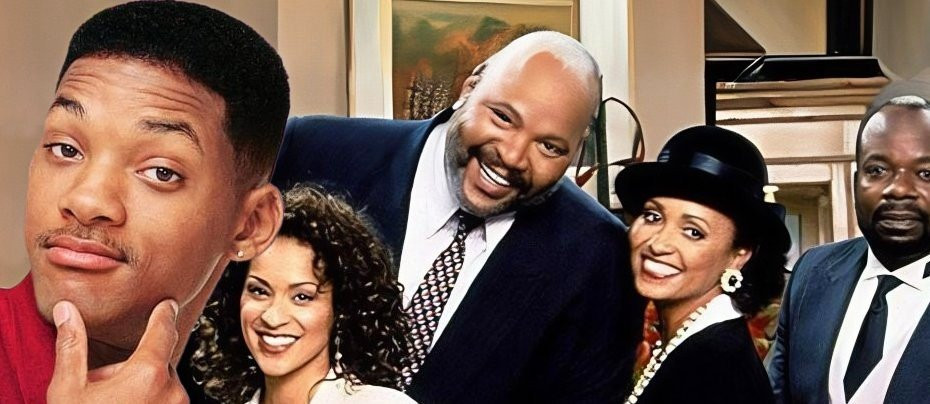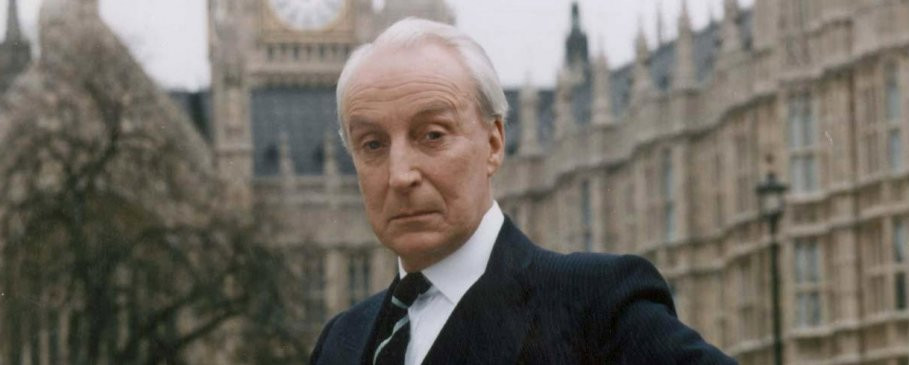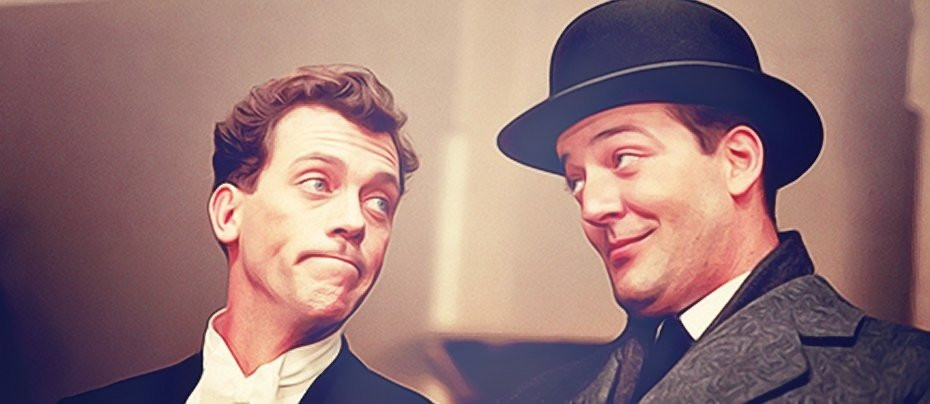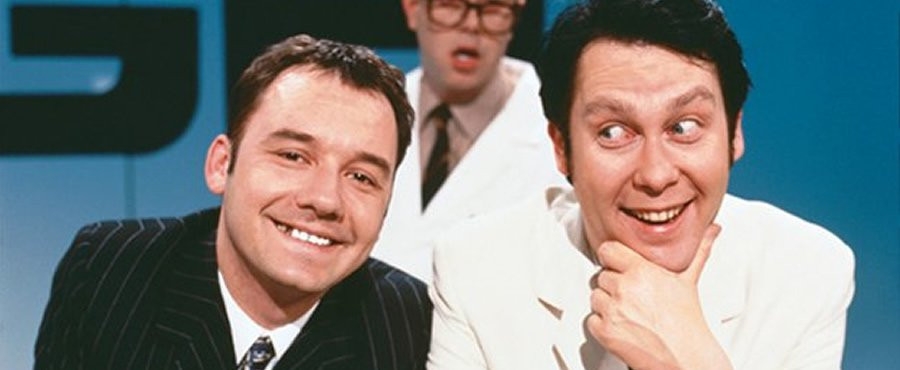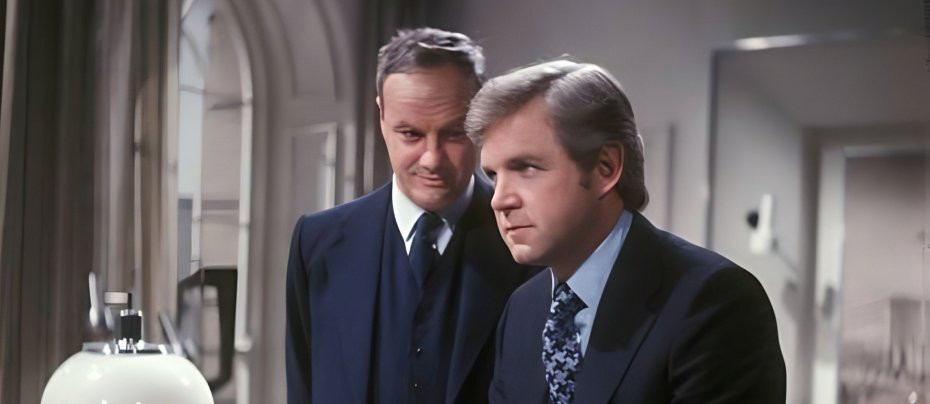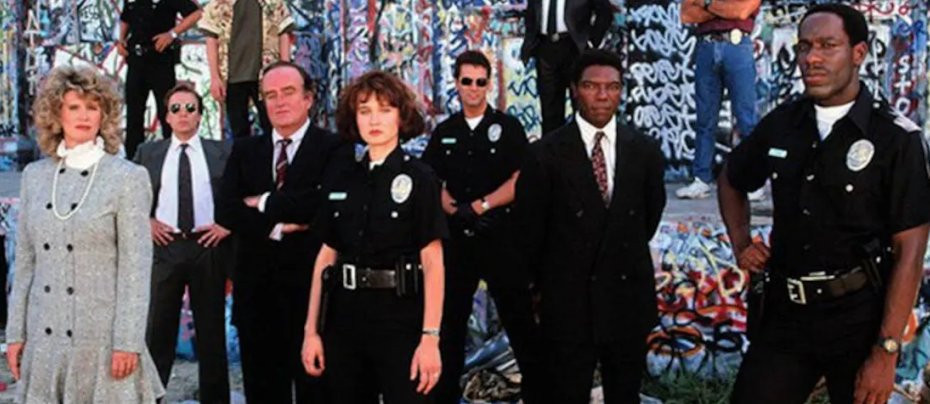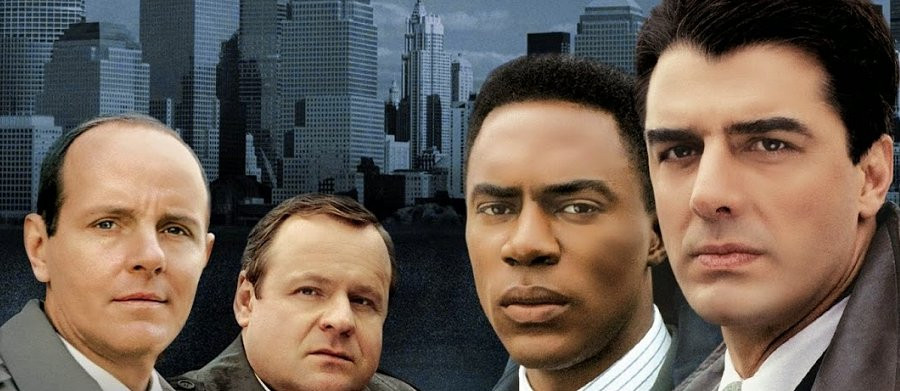
Law & Order
1990 - United StatesDick Wolf’s Law & Order stands as one of the landmark achievements in American television, an ambitious and enduring exploration of the justice system that spanned an impressive 20 seasons. This unique, multi-award-winning series delivered a compelling two-tiered examination of crime and consequence, proving a hit with both critics and mainstream audiences alike.
Filmed entirely on location in New York City, the show presented a gritty, authentic view of the intimate and often messy relationship between crime and punishment. Structured within the framework of a one-hour drama, each episode was split cleanly in two: the first half followed the police as they investigated and made arrests, while the second shifted into the courtroom, where prosecutors grappled with the legal complexities of securing a conviction.
At the heart of the police narrative were the late, great Jerry Orbach as veteran detective Lennie Briscoe and Jesse L. Martin as his younger, sharp-eyed partner Edward Green. Overseeing their work was the no-nonsense Lieutenant Anita Van Buren, portrayed with commanding grace by S. Epatha Merkerson. Together, this trio lent the show a grounded and humane touch, with storylines often delving into moral grey areas rather than simple notions of good and evil.
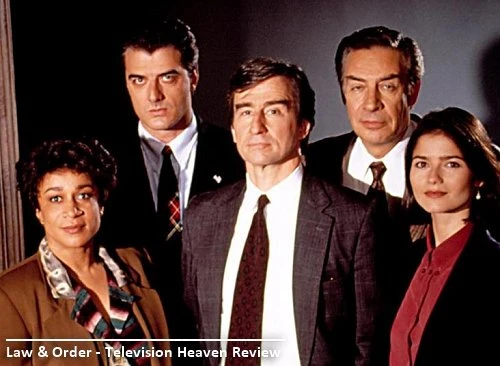
In the courtroom, the baton was handed to the ever-reliable Sam Waterston as Assistant District Attorney Jack McCoy, joined by Angie Harmon as the principled and driven Abbie Carmichael. Under the wise and sometimes weary leadership of District Attorney Adam Schiff (played with gravitas by Steven Hill), the legal team had to navigate an American judicial system riddled with red tape, ethical compromise, and real-world consequences. Trials were rarely straightforward and success was never guaranteed—often a case might end in frustration, reflecting the real-life imperfection of justice.
One of the show’s great strengths was its refusal to shy away from difficult issues. From controversial legal precedents to societal failings, Law & Order was unafraid to challenge its viewers and portray the justice system not as a neat machine, but a living, flawed institution. While some episodes were more clear-cut, the vast majority offered moral ambiguity, making for sophisticated, thought-provoking television that respected the intelligence of its audience.
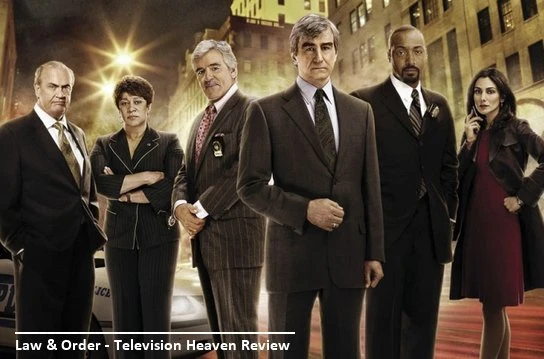
Thanks to the consistently high quality of writing, performance, and production, the series ranked among the top 20 US television shows in the 1998–99 season, drawing an average of 14 million viewers and becoming NBC’s most-watched show outside its Thursday night comedy block. Its popularity also gave rise to a television franchise, spawning multiple spin-offs, video games, and international adaptations.
Challenging, intelligent, and often daring in its subject matter, Law & Order redefined what a procedural drama could be. Its innovative blend of police procedural and courtroom drama set a standard few shows have managed to reach since. At its best, it was television that entertained while asking difficult, necessary questions—a masterclass in episodic drama and a true giant of American television.
Seen this show? How do you rate it?
Seen this show? How do you rate it?
Published on November 5th, 2024. Written by Rex Brady for Television Heaven.


